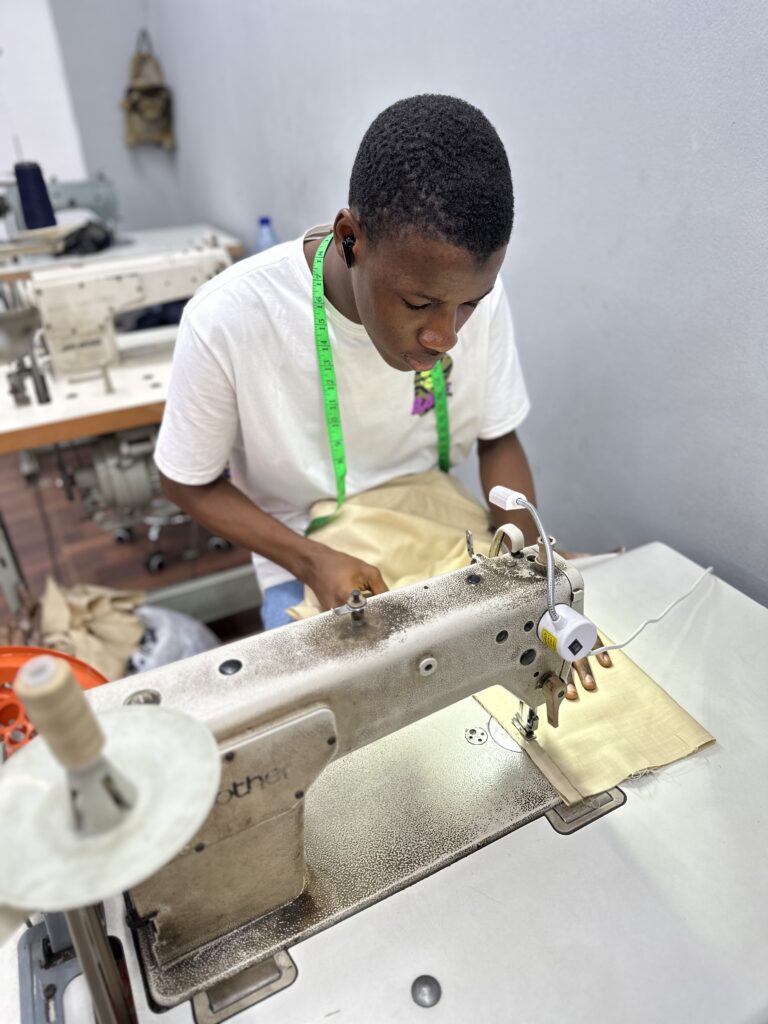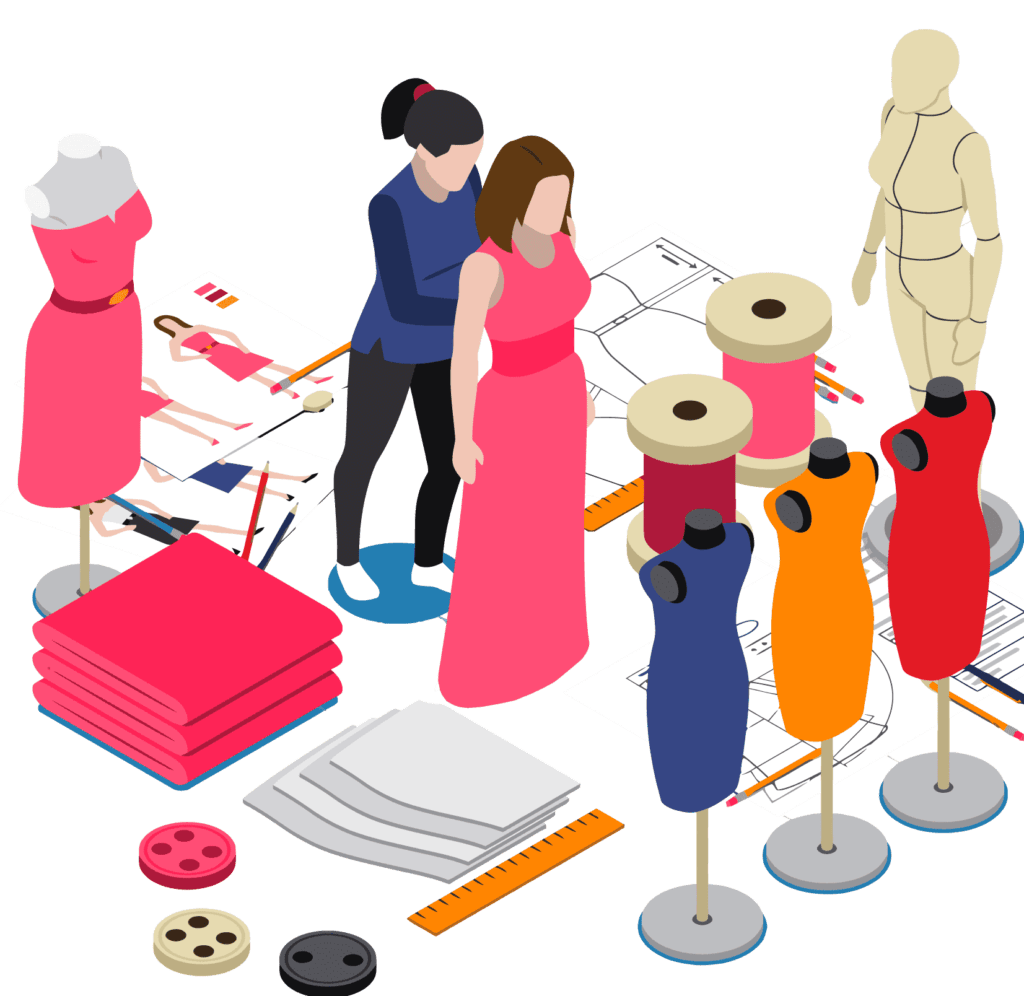Expert Tailor Perth: Crafting Custom Suits for every single Occasion
Wiki Article
Understanding the Tailoring Refine: From Fabric Choice to Last Fitting for the Suitable Wardrobe
The customizing process is a complicated interaction of art and scientific research, beginning with the vital decision of fabric option and culminating in the exact adjustments of final fittings. Each fabric kind brings unique top qualities that influence not just the aesthetic appeal yet likewise the garment's long life and viability for various celebrations.Significance of Material Option
Picking the right fabric is crucial in the tailoring procedure, as it straight influences the comfort, resilience, and general aesthetic of the final garment (tailor perth). The selection of textile sets the structure for the garment's style, capability, and efficiency. Different materials have one-of-a-kind residential properties, such as weight, stretch, and breathability, which can considerably influence how the garment drapes and fits the bodyAdditionally, fabric choice influences the garment's long life and simplicity of treatment. Top notch materials can withstand deterioration, maintaining their appearance and framework over time, while lower-quality materials may result in pilling or fading. Furthermore, the right material adds to the garment's capability to change throughout events and periods, therefore improving flexibility.
A customized item made from an ideal fabric not just showcases craftsmanship yet likewise boosts the user's self-confidence. Understanding the nuances of fabric choice is paramount for any kind of tailoring venture. It makes certain that the end product not just fulfills the aesthetic desires of the customer yet likewise aligns with useful requirements, thereby attaining an unified equilibrium between kind and feature in the tailored wardrobe.
Types of Fabrics and Their Usages
Comprehending the numerous kinds of textiles offered is vital for making informed choices throughout the customizing process. Each textile has distinct qualities that dictate its viability for specific garments and occasions.Cotton, recognized for its breathability and soft qualities, is perfect for informal wear and summer season apparel. Its convenience permits it to be tailored right into whatever from tee shirts to dresses. Woollen, on the various other hand, is favored for its warmth and structure, making it an outstanding choice for formal suits and outerwear - tailor perth. Its all-natural flexibility aids garments preserve shape with time.
Silk exudes luxury and is lightweight, making it excellent for eveningwear and delicate shirts; nevertheless, it needs careful handling as a result of its delicacy. Linen, with its textured surface, is a prominent selection for cozy environments, providing a ventilated and crisp feeling, however it wrinkles easily, which might impact the garment's look.
Synthetic fabrics, such as polyester and nylon, deal sturdiness and resistance to wrinkles, making them ideal for daily wear and energetic clothing. Comprehending these textile types and their properties permits better decision-making, making certain that each customized piece not only fits well yet likewise lines up with the designated function and event.
The Tailoring Techniques Described
The art of tailoring depends on a variety of techniques that change fabric right into well-fitted garments. Central to this procedure is pattern drafting, where a tailor produces themes based on the client's dimensions and desired design. This preliminary step makes sure that the garment will fit the wearer effectively prior to any kind of reducing happens.Once patterns are developed, reducing methods enter play. Accuracy important source is extremely important as mistakes can lead to misfitting garments. Tailors commonly utilize different cutting methods, such as single-layer cutting for complex designs and multiple-layer reducing for effectiveness on typical patterns.
Basting is an additional essential technique, permitting tailors to briefly stitch textile assemble for an initial installation. This method offers the opportunity to assess the drape and overall silhouette before final sewing.
Seaming methods, including french joints and flat-felled joints, enhance the garment's toughness and aesthetic allure. Tailors also use techniques such as interfacing and extra padding to provide framework and form to particular areas, like shoulders and collars.
Finally, finishing methods, consisting of hemming and side ending up, guarantee the garment's long life while offering a refined appearance. Together, these methods form the backbone of reliable customizing, resulting in exquisite, custom-fit apparel.
Suitable Changes and Considerations

Trick factors to consider consist of the shoulder fit, which ought to neither sag neither limit motion, and the sleeve length, which ought to allow you can try this out for comfy arm activity while preserving a polished appearance. In addition, modifications at the waistline can refine the shape, with choices to allow out or take in fabric as required.
The surge of trousers is an additional important element; it needs to rest pleasantly above the hips without triggering discomfort, permitting for simplicity of movement. Hemming lengths for both pants and skirts should mirror the wearer's preferred design while appreciating proportions.

Maintaining Your Tailored Clothes
Correct maintenance of customized garments is important to preserving their fit and appearance in time. To ensure long life, routine cleansing is paramount. Always follow the treatment label instructions, which may suggest completely dry cleaning for fragile materials or maker washing for more sturdy materials. Avoid frequent laundering, as this can put on down the material and change the garment's form.Storage is equally vital; use cushioned wall mounts for coats and jackets to maintain shoulder structure, and store pants folded nicely or hung to avoid creasing. Secure garments from straight sunshine, which can fade shades and damage fibers.
In addition, regular assessments for minor repair work can avoid bigger problems. Check for loose switches, fraying joints, or signs of moth damages, resolving these troubles immediately to maintain the garment's honesty.
Lastly, take into consideration seasonal turning. Wearing customized pieces in small amounts enables materials to recuperate, expanding their lifespan. By applying these maintenance approaches, you can make sure that your customized garments stay as excellent as the day you first used them, enhancing your perfect closet for several years ahead.
Conclusion
The customizing process, including material choice, knowledgeable strategies, and accurate fitting modifications, plays an essential function in creating garments that improve both comfort and design. Each phase adds to the overall efficiency of the end product, making certain that apparel not just fits well however also mirrors specific identity. official statement In addition, recognizing the importance of maintenance prolongs the life of customized garments, solidifying their worth in a well-curated wardrobe. A comprehensive strategy to customizing culminates in a polished and certain look.Picking the appropriate material is important in the customizing procedure, as it directly influences the comfort, sturdiness, and general aesthetic of the final garment. The selection of material sets the foundation for the garment's efficiency, capability, and design. Different textiles possess special residential or commercial properties, such as weight, breathability, and stretch, which can considerably influence just how the garment drapes and fits the body.
The art of customizing relies on a range of strategies that change material right into well-fitted garments.The tailoring procedure, including material choice, competent methods, and accurate suitable changes, plays a vital role in creating garments that enhance both comfort and style.
Report this wiki page